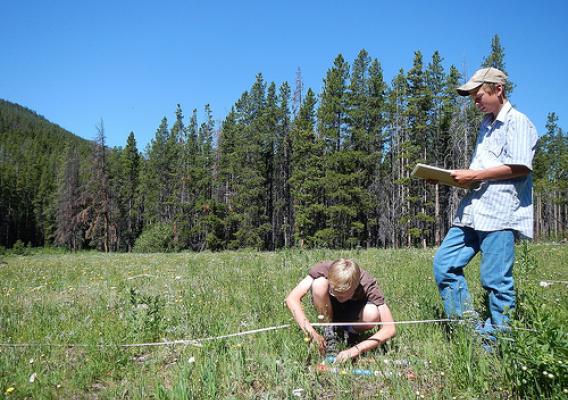In an age where technology tends to focus the attention of youth indoors, getting kids outdoors and interested in natural resource careers is even more vital today.
Since 1998, an innovative U.S. Forest Service seven-week summer program in central Montana has been achieving that goal by immersing high school students in forest management. They gather data and present findings to Forest Service officials and other representatives in their local communities.
Students involved with the Youth Forest Monitoring Program spend the summer monitoring the health of the national forests at a variety of different locations in the area, but one of the high points is their three-day trip into the Scapegoat Wilderness on the Helena National Forest northwest of Lincoln, Mont. Though the area isn’t far from where many of these students have grown up, the trip gives them the opportunity to experience a protected area many had never visited before. Earlier this year, 13 students along with four field instructors were there to gather data on recreation impacts, water quality and document the spread of invasive weeds.



